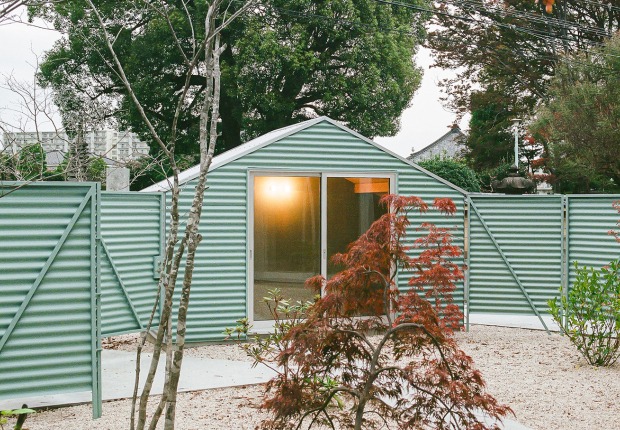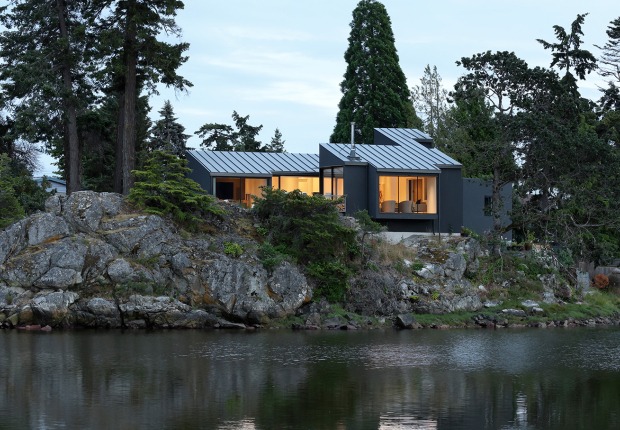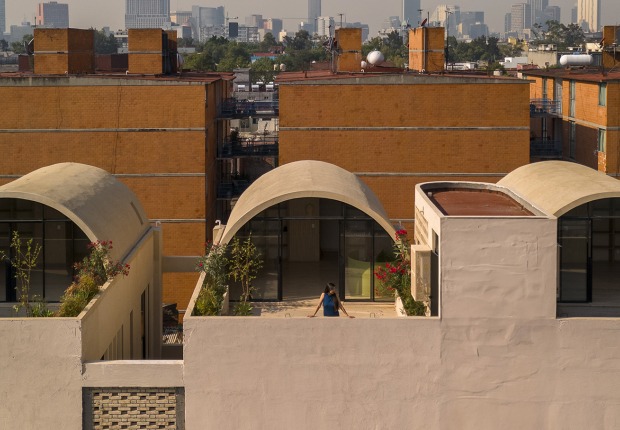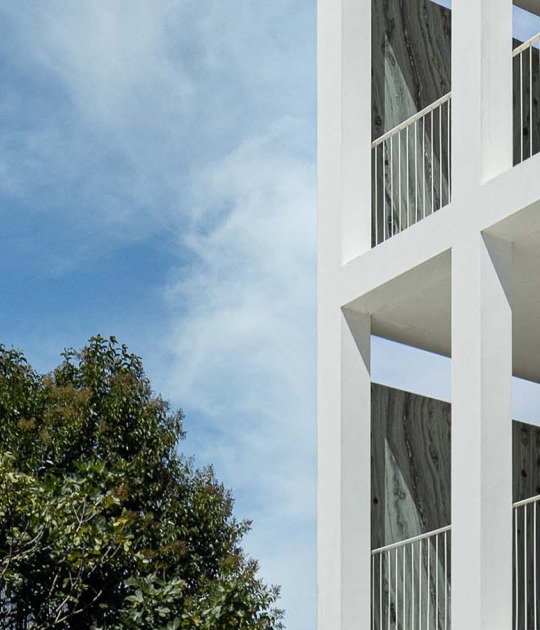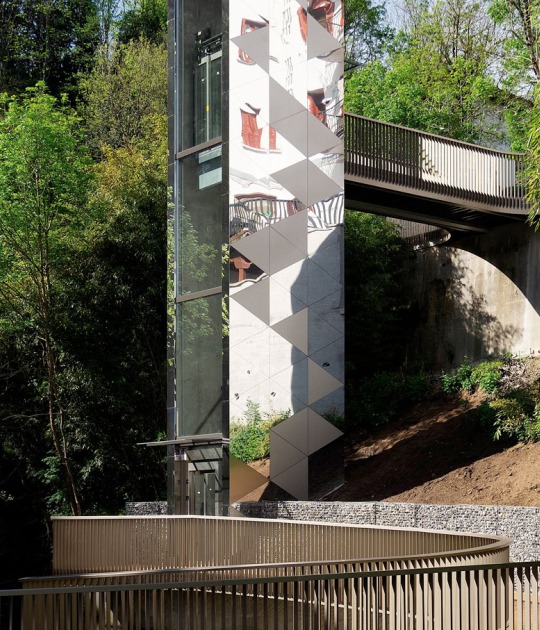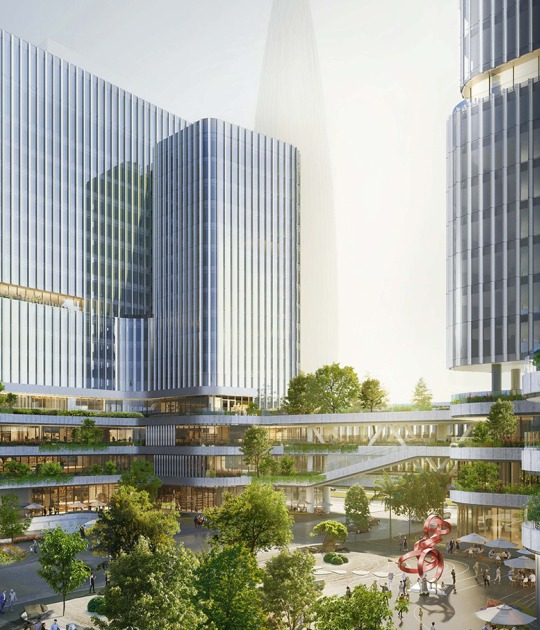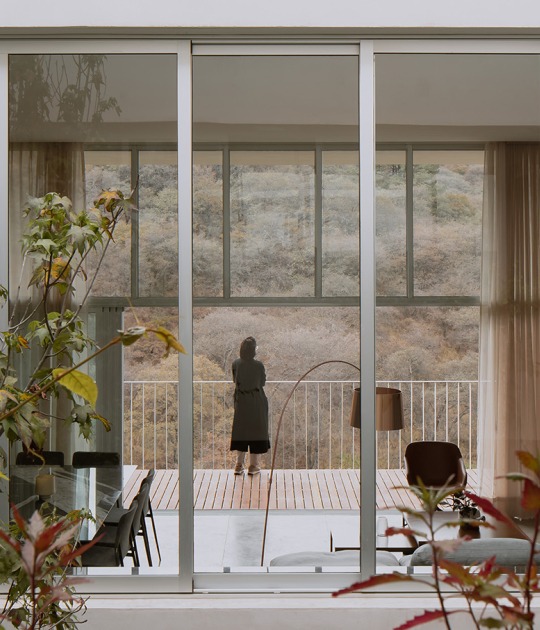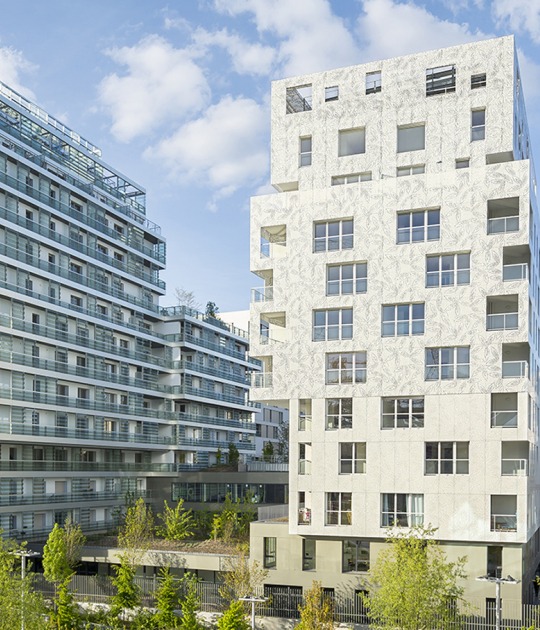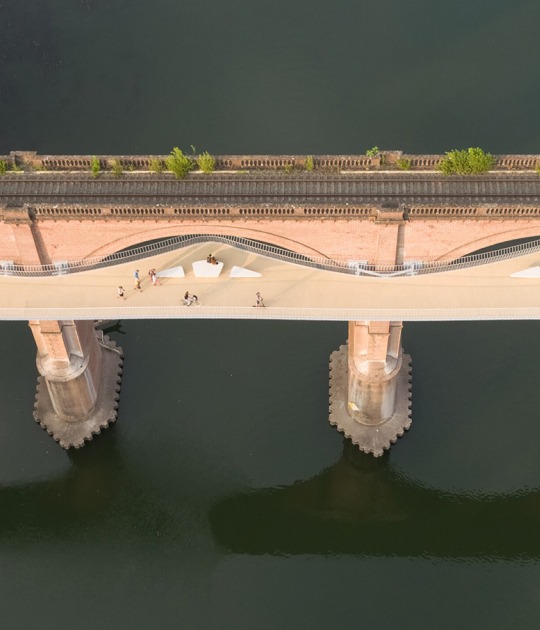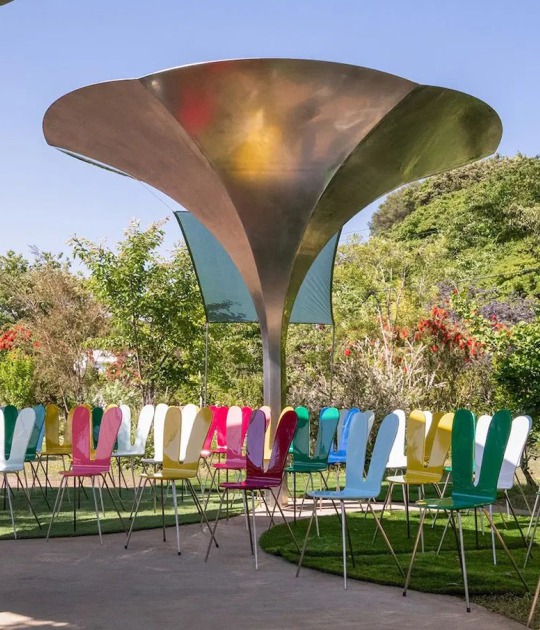Project description by Silvio d’Ascia Architecture
The Kenitra station was imagined as a jewel case framing the renewed identity of traditional Moroccan architecture in an urban context, in particular, thanks to its facade, a reinterpretation of a moucharabieh expanded to the scale of the city. Associating the socio-economic and technological progress concretized by the arrival of the Al Boraq TGV, the station is a symbol of this city’s and of Morocco’s integration with the modern world.
In addition to being the place to take the train, the station’s spatial and functional organization is designed to serve as a key public space of the city’s daily life. It now enables city dwellers to pass back and forth between the new city districts on the south side and the historic district on the north side. Prior to its construction, the only connecting point was a narrow subterranean passageway. This new urban bridge above the railways contains shops and services and facilitates the smooth flow of the foot traffic of passengers and inhabitants crossing the city. The station’s dual entry points to the city, to the north and the south, to help balance the urban fabric and turn the city into a genuine public space for all.
The facade of the station is an imposing screen on the cityscape, like “an urban moucharabieh”, permeable to the flow of foot traffic crossing the plaza and the passenger building. 200 meters long – the length of a standard high-speed train (TGV) – and a height of 12 meters, it is composed of more than 800 triangular blocks of fiber-reinforced, ultra-high performing concrete overlooking the broad marble and concrete plaza, on the historic city side, thanks to 8 imposing arches of varying geometries.
The triangle motif on the building’s skin is inspired by the geometric compositions of Islamic architecture. Expanded to the scale of an urban edifice to create the perfect balance between light, shade, and transparency, the motif of the facade becomes an enormous frame and filter through which to view the city.
Silvio d’Ascia Architecture in association with the moroccan firm Omar Kobbité Architectes, recently designed the new Kenitra TGV station, north of Rabat, Morocco. The Kenitra train station won the “Special Prize Exterior,” in Prix Versailles in the category “Passenger Stations 2019.”
The station, part of the ‘royal’ construction project of Africa’s first high-speed train line, which connects the Mediterranean with the Atlantic, is also conceived as a lively transition zone for Kenitra, linking its historic center with districts of the modern city.
The station, part of the ‘royal’ construction project of Africa’s first high-speed train line, which connects the Mediterranean with the Atlantic, is also conceived as a lively transition zone for Kenitra, linking its historic center with districts of the modern city.
Silvio d’Ascia Architecture imagined the Kenitra station as a jewel case framing the renewed identity of traditional Moroccan architecture in an urban context. This notion is emphasized in the project’s facade, a reinterpretation of a mashrabiya enlarged to the scale of the city. associating the socio-economic and technological progress concretized by the arrival of the Al boraq TGV, the station is a symbol of this city’s and of Morocco’s integration with the modern world.
More information
Published on:
November 28, 2019
Cite:
"Kenitra High-speed rail station and transit hub by Silvio d’Ascia Architecture + Omar Kobbité Architectes " METALOCUS.
Accessed
<https://www.metalocus.es/en/news/kenitra-high-speed-rail-station-and-transit-hub-silvio-dascia-architecture-omar-kobbite-architectes>
ISSN 1139-6415
Loading content ...
Loading content ...
Loading content ...
Loading content ...
Loading content ...
Loading content ...
Loading content ...
Loading content ...
Loading content ...
Loading content ...
Loading content ...
Loading content ...
Loading content ...
Loading content ...
Loading content ...
Loading content ...
Loading content ...
Loading content ...
Loading content ...
Loading content ...
Loading content ...
Loading content ...
Loading content ...
Loading content ...
Loading content ...
Loading content ...
Loading content ...
Loading content ...
Loading content ...
Loading content ...
Loading content ...
Loading content ...
Loading content ...
Loading content ...
Loading content ...
Loading content ...
Loading content ...
Loading content ...
Loading content ...
Loading content ...
Loading content ...
Loading content ...
Loading content ...
Loading content ...
Loading content ...
Loading content ...
Loading content ...
Loading content ...
Loading content ...
Loading content ...
Loading content ...
Loading content ...
Loading content ...
Loading content ...































